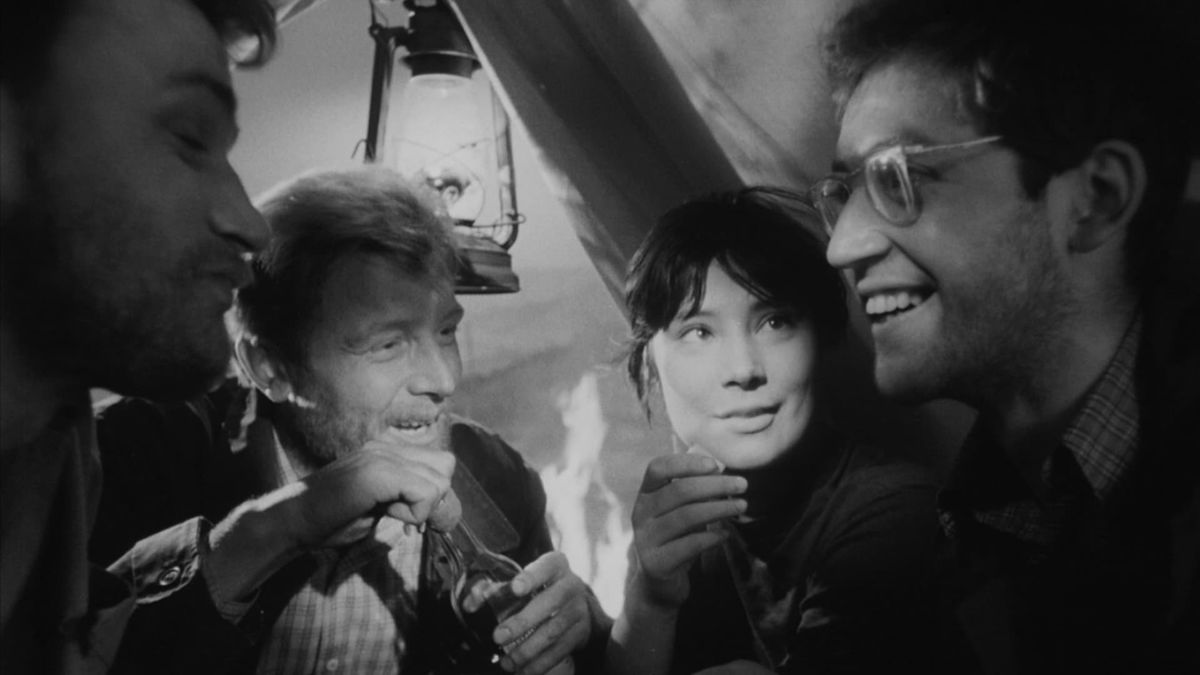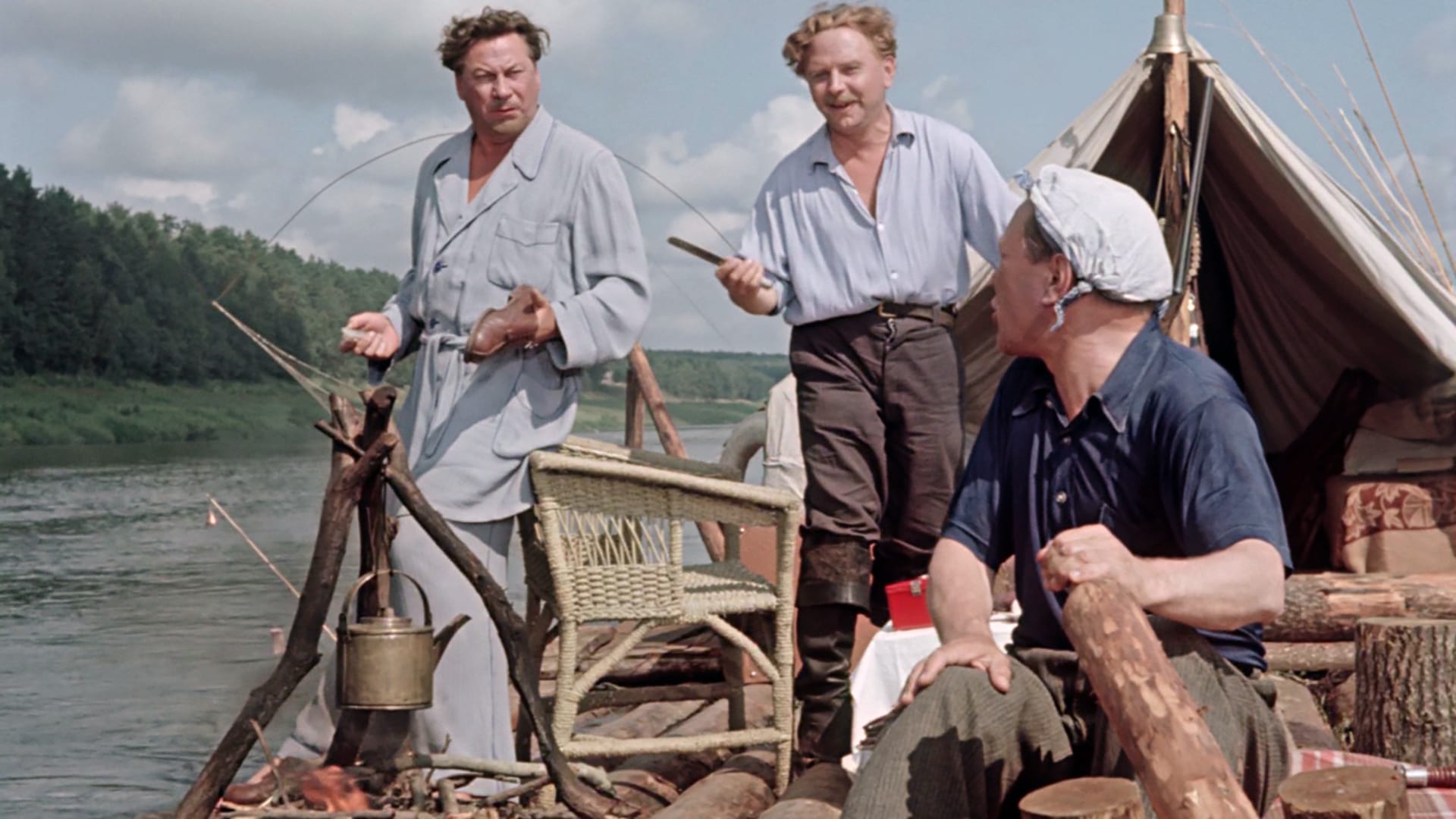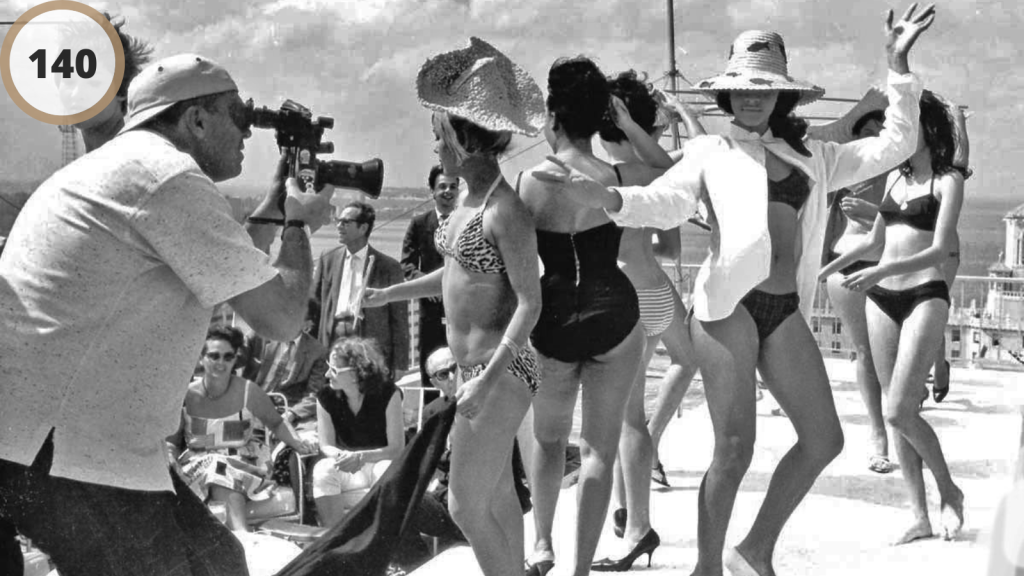Mikhail Kalatozov, a Soviet director of Georgian origin, was an influential figure in world cinema, best known for his poignant depictions of human resilience and endurance. His films, such as The Cranes Are Flying and I Am Cuba, have made lasting impressions for their emotional depth and innovative cinematography.
Before embarking on his illustrious directing career, Kalatozov worked as a cinematographer and later as a diplomat. His directorial debut came in the early 1930s, and his passion for exploring the human spirit amidst societal upheavals was evident even in his early works. This theme is best displayed in his masterpiece, The Cranes Are Flying, which depicts the anguish and human cost of World War II on the Soviet home front.
The Power and Passion of Soviet Film
Kalatozov’s films often delve into the complexities of the human condition set against political turmoil. Be it the struggle for survival in the frozen tundra in Letter Never Sent or the moral dilemmas in a war-ridden society in The Cranes Are Flying, he struck a chord with audiences by showcasing relatable characters and their emotional struggles.
His visual style, often collaborating with famed cinematographer Sergey Urusevsky, is distinguished by long, unbroken shots and dynamic camera movements. This innovative style reaches its zenith in I Am Cuba, utilising wide-angle photography and complex camera movements to create a distinct, immersive visual experience. Kalatozov’s use of these techniques was groundbreaking and contributed to his distinctive storytelling style.
Mikhail Kalatozov’s influence on cinema extends beyond the borders of his home country. His fluid camerawork and emotional storytelling have inspired international filmmakers, including Francis Ford Coppola and Martin Scorsese, who helped bring I Am Cuba to a wider audience in the 1990s. Today, his legacy continues to be appreciated and studied by cinema enthusiasts worldwide, underscoring his indelible impact on film history.
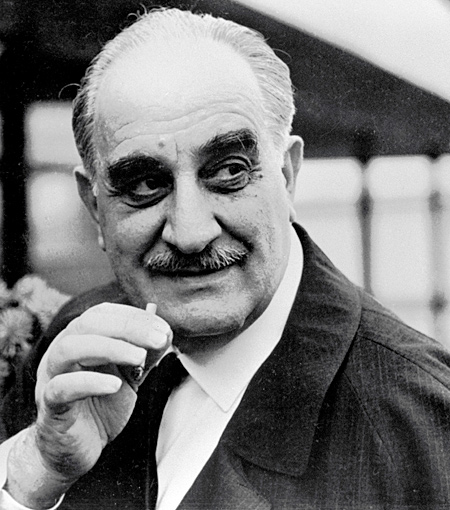
Mikhail Kalatozov (1903 – 1973)
Calculated Films:
- Salt for Svanetia (1930)
- The Nail in the Boot (1932)
- The Cranes Are Flying (1957)
- Letter Never Sent (1960)
- I Am Cuba (1964)
Similar Filmmakers
- Aleksandr Dovzhenko
- Aleksandr Sokurov
- Aleksei German
- Andrei Konchalovsky
- Andrei Tarkovsky
- Andrey Zvyagintsev
- Elem Klimov
- Grigori Kozintsev
- Grigoriy Chukhray
- Larisa Shepitko
- Leonid Trauberg
- Marlen Khutsiev
- Sergei Bondarchuk
- Sergei Eisenstein
- Sergei Parajanov
- Tengiz Abuladze
- Vsevolod Pudovkin
- Yuli Raizman
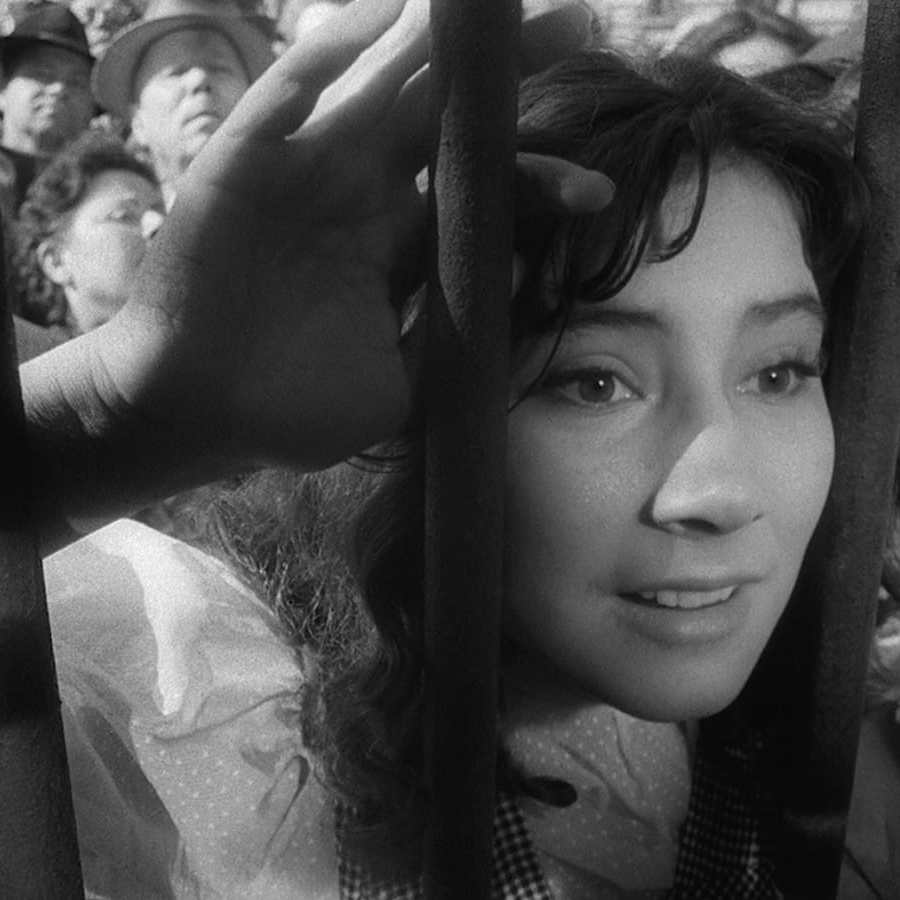


Mikhail Kalatozov’s Top 10 Films Ranked
1. The Cranes Are Flying (1957)
Genre: Melodrama, War, Romance, Period Drama

2. I Am Cuba (1964)
Genre: Political Drama, Anthology Film
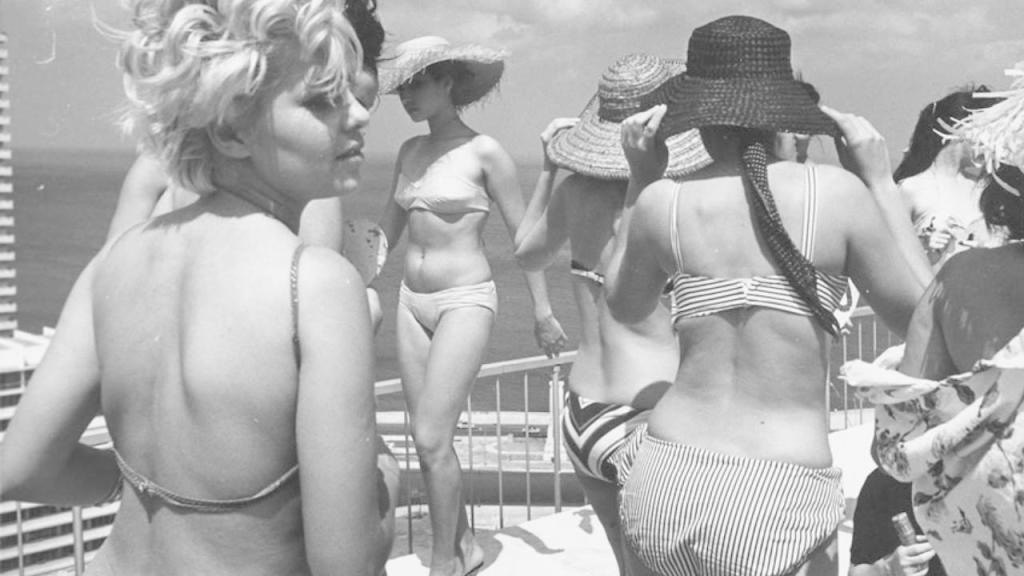
3. Letter Never Sent (1960)
Genre: Adventure, Drama, Survival
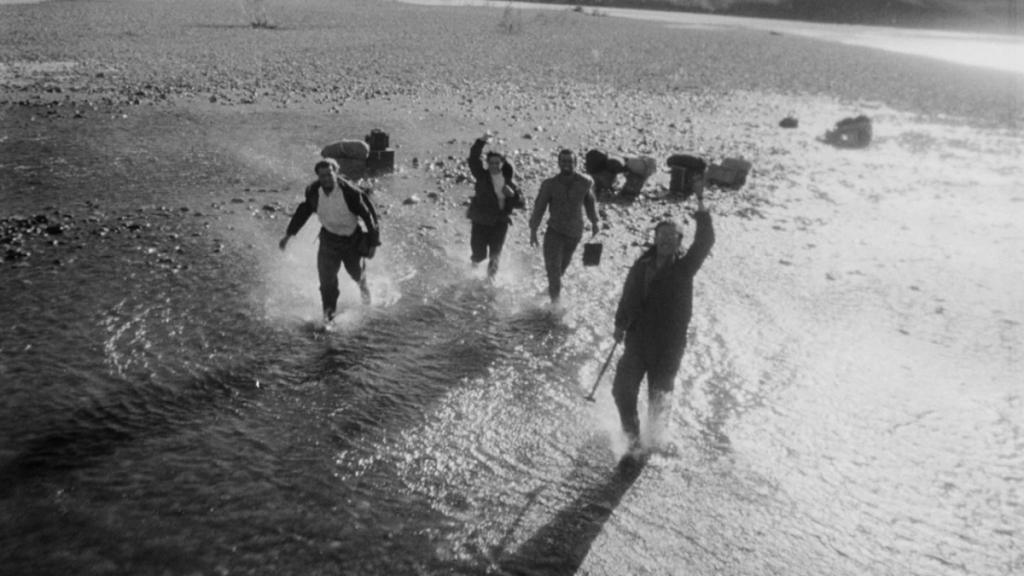
4. Salt for Svanetia (1930)
Genre: Ethnographic Film
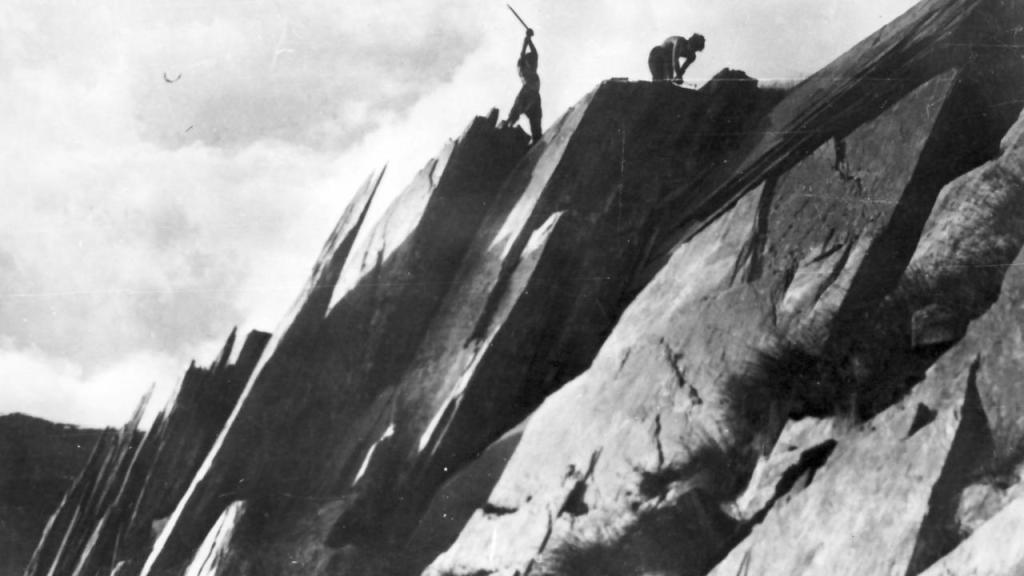
5. The Nail in the Boot (1932)
Genre: Drama, War, Action
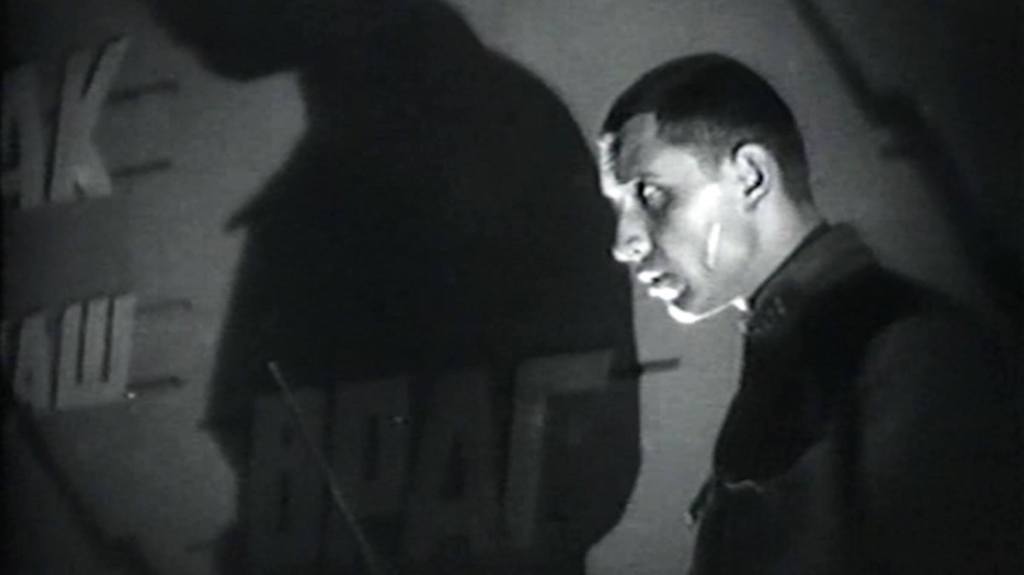
6. True Friends (1954)
Genre: Comedy, Romance
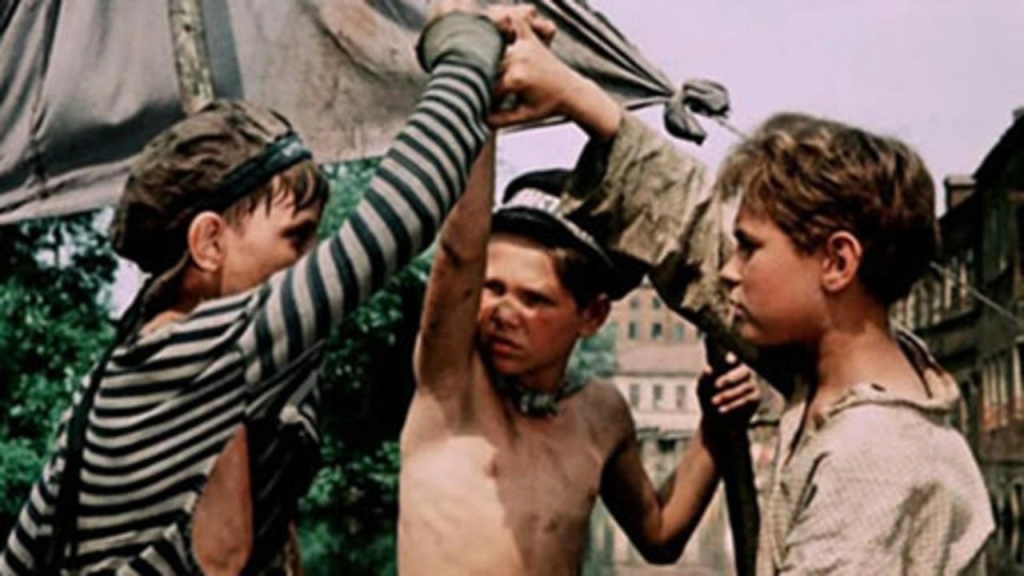
7. The Red Tent (1969)
Genre: Period Drama, Biographical, Adventure, Survival
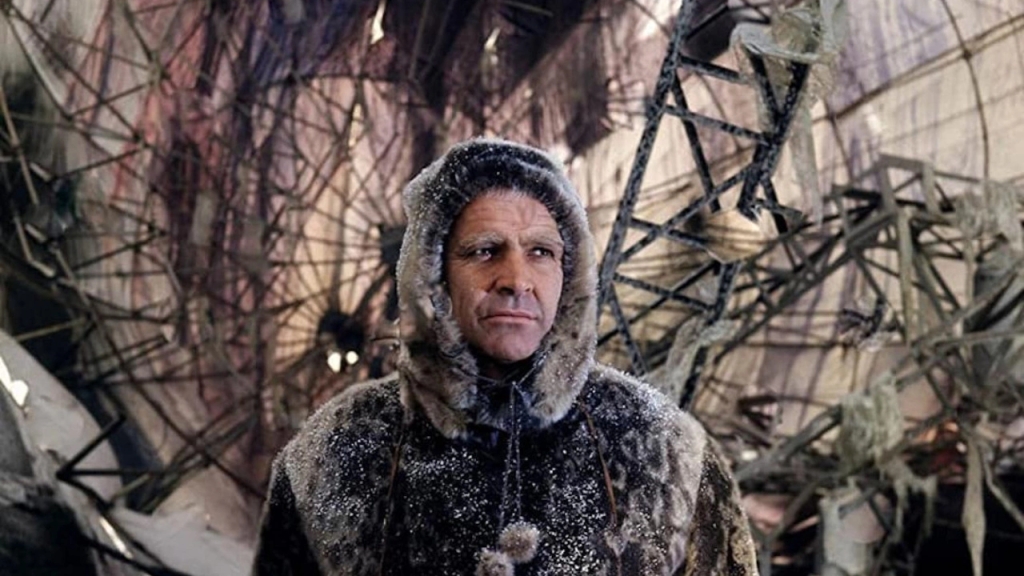
8. The First Echelon (1955)
Genre: War
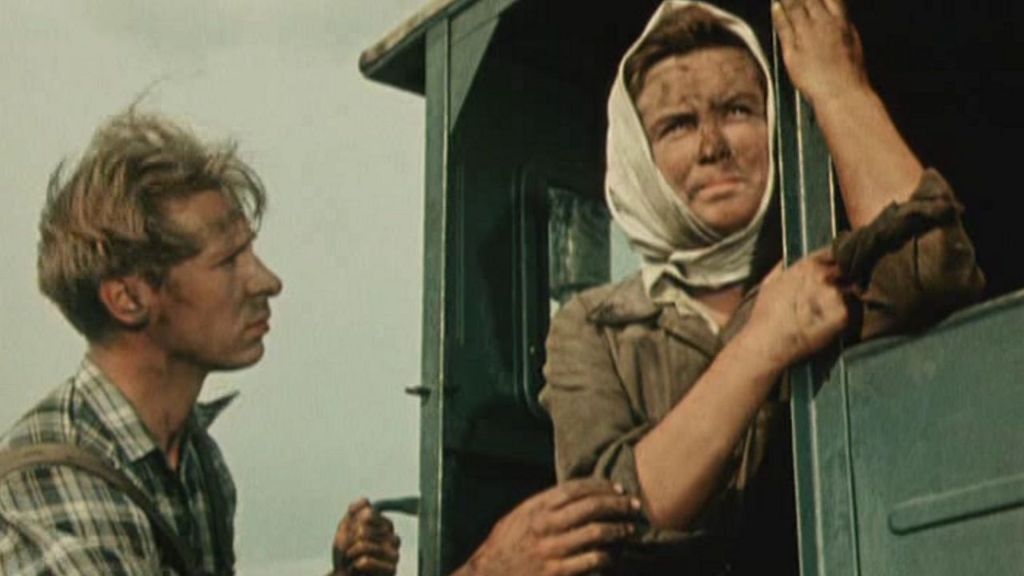
9. Wings of Victory (1941)
Genre: Biographical, War
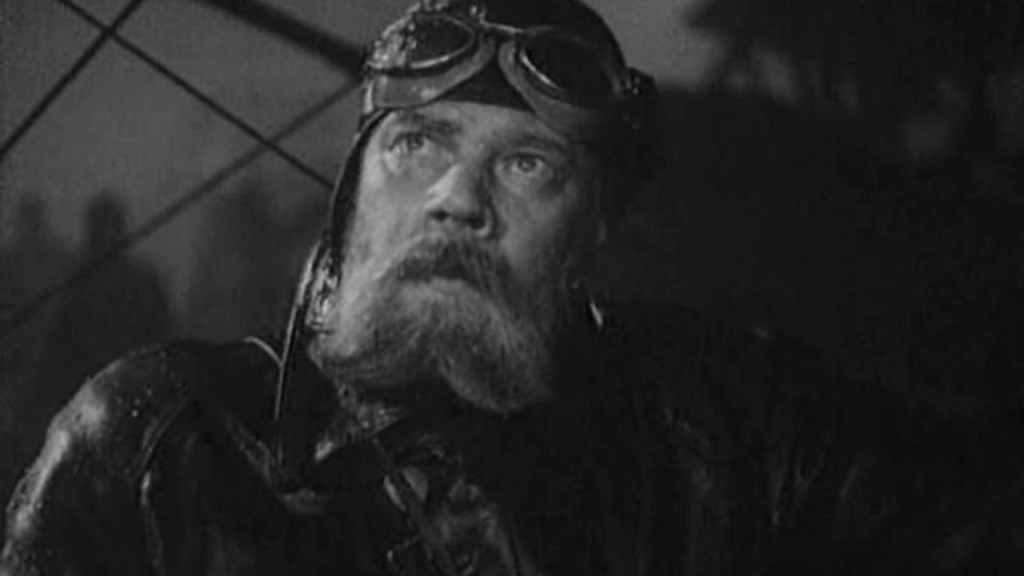
10. Conspiracy of the Doomed (1950)
Genre: Drama, Spy
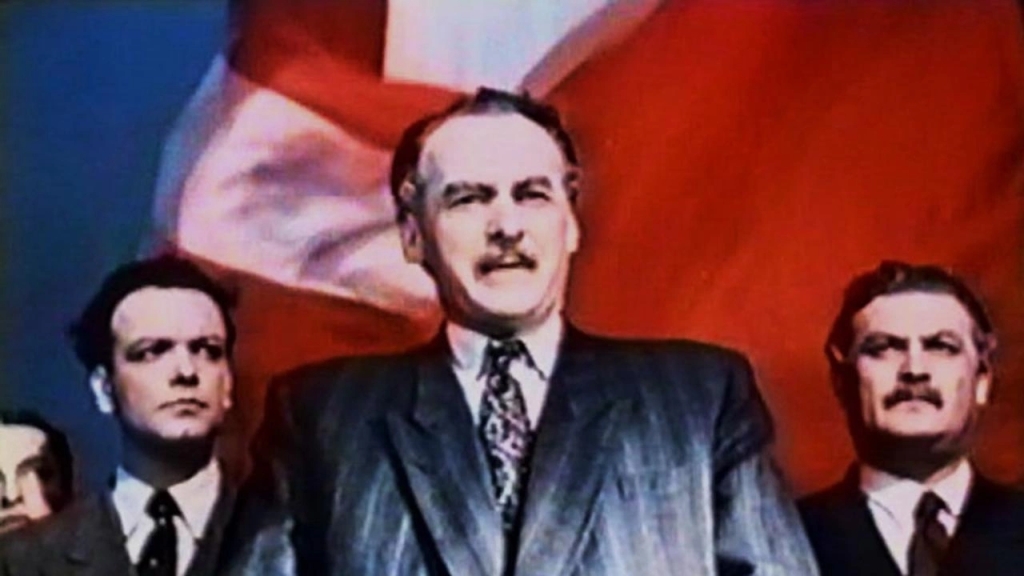
Mikhail Kalatozov: Themes and Style
Themes:
- Human Spirit & Struggle: Kalatozov often explored the profound resilience of the human spirit, especially in the face of adversity. This theme is evident in films such as The Cranes Are Flying, where the horrors of war and personal loss are central.
- Love & Sacrifice: Interpersonal relationships, especially romantic love, are frequently at the core of his films. The lengths to which characters go for love often intertwine with themes of sacrifice and heartbreak.
- Political and Social Commentary: Born during a time of political upheaval, Kalatozov occasionally integrated political and social themes into his work, offering subtle critiques or portrayals of Soviet policies, as seen in Letter Never Sent and I Am Cuba.
Styles:
- Innovative Cinematography: Kalatozov was known for his collaboration with cinematographer Sergey Urusevsky. Together, they pioneered intricate tracking shots and audacious camera movements. The opening shot of I Am Cuba is a testament to their inventive techniques.
- Expressionistic Visuals: His films often boasted a dramatic visual style reminiscent of German Expressionism. High-contrast imagery, distorted angles, and intense close-ups created a heightened emotional atmosphere.
- Non-linear Storytelling: Kalatozov occasionally employed non-traditional narrative structures, weaving memories, fantasies, and present-day realities seamlessly. This style is prominent in The Red Tent, where fragmented memories play a crucial role.
- Emotive Sound Design: The audio landscape in Kalatozov’s films is as evocative as the visuals. He adeptly used music, ambient sounds, and silences to bolster the emotional intensity of scenes.
Directorial Signature:
- Collaborative Partnership with Urusevsky: One of the defining features of Kalatozov’s career was his collaboration with cinematographer Sergey Urusevsky. Their partnership yielded some of cinema’s most visually breathtaking moments. Their shared vision led to a distinctive visual style that became synonymous with Kalatozov’s work.
- Juxtaposition of Personal and Political: Kalatozov had an uncanny ability to navigate the line between personal stories and broader political narratives. While his films often had deep political undertones, they never lost sight of the personal, intimate stories at their heart.
- Raw Emotionality: Whether through evocative visuals, intricate soundscapes, or heart-rending performances, Kalatozov’s films always strived to touch the raw nerve of human emotionality. This trait made his works deeply resonant, allowing audiences to connect with the material viscerally.
- Masterful Adaptation: Many of Kalatozov’s works were adaptations of other materials, be it plays, novels, or real-life incidents. Yet, he always brought a fresh perspective, making the stories uniquely his own while paying homage to their origins.
Mikhail Kalatozov: The 140th Greatest Director


